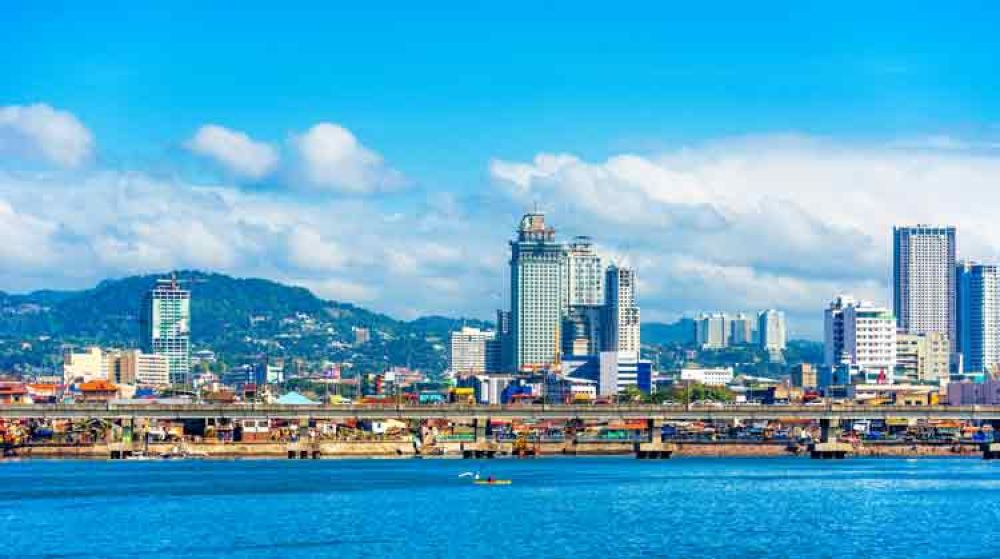

Cebu City is known as the "Queen City of the South", and its tourism history is as rich and vibrant as its culture. Cebu is the oldest city in the Philippines, and it has been an important center for trade, commerce, and travel since pre-colonial times. However, the formal establishment of Cebu City as a tourism destination started during the American colonial period in the early 20th century.
Initially, Cebu City's tourism was limited to local pilgrimages and visits to historic landmarks, such as the Basilica Minore del Santo Niño, which houses the oldest Christian relic in the Philippines. The Magellan's Cross, another historic symbol, marks the spot where Christianity was first introduced to the country. For decades, these spots have been central to Cebu's religious tourism.
After World War II, Cebu City saw significant reconstruction and development. During the 1950s and 1960s, the Philippine government started promoting Cebu City as a tourist destination. The city's accessibility improved with the construction of Mactan-Cebu International Airport and better port facilities. With these improvements, Cebu begun attracting more international visitors, broadening its appeal beyond religious and historical tourism.
In 1980, the creation of the Sinulog Festival, a cultural and religious festival that takes place every third Sunday of January to honor the Santo Niño, catapulted Cebu City to the limelight. It features a grand street parade with colorful costumes and dances, emblematic of Cebu's ability to blend tradition with festival tourism.
Today, Cebuanos continue to capitalize on their strategic geographic location and rich cultural heritage to attract tourists. Modern Cebu features a mix of shopping malls, high-end resorts, and a bustling nightlife, which are now equally significant draws as its more traditional sites. The local government has also developed eco-tourism sites, such as the mountainous area of Busay, which offers a view of the city skyline and various adventure activities.
Travelers today are looking for authentic experiences, and Cebu City has responded by offering unique opportunities for cultural immersion. Tourists can participate in local workshops, learn traditional dances, or even join in the preparation of Cebuano dishes. Another emerging trend is health and wellness tourism, with more resorts offering spa treatments, yoga retreats, and holistic wellness packages. Additionally, Cebu City's proximity to other island destinations has made it a popular starting point for island-hopping adventures in the Visayas region.
With continual infrastructure improvements and a commitment to sustainable tourism, Cebu City is poised to remain a top destination in the Philippines. The local government has been investing in smart city technologies to improve the overall tourist experience, while remaining sensitive to the environmental impact of tourism. As it preserves its historical roots, Cebu City also embraces the future, aiming to provide a safe, enjoyable, and enriching experience for all visitors.